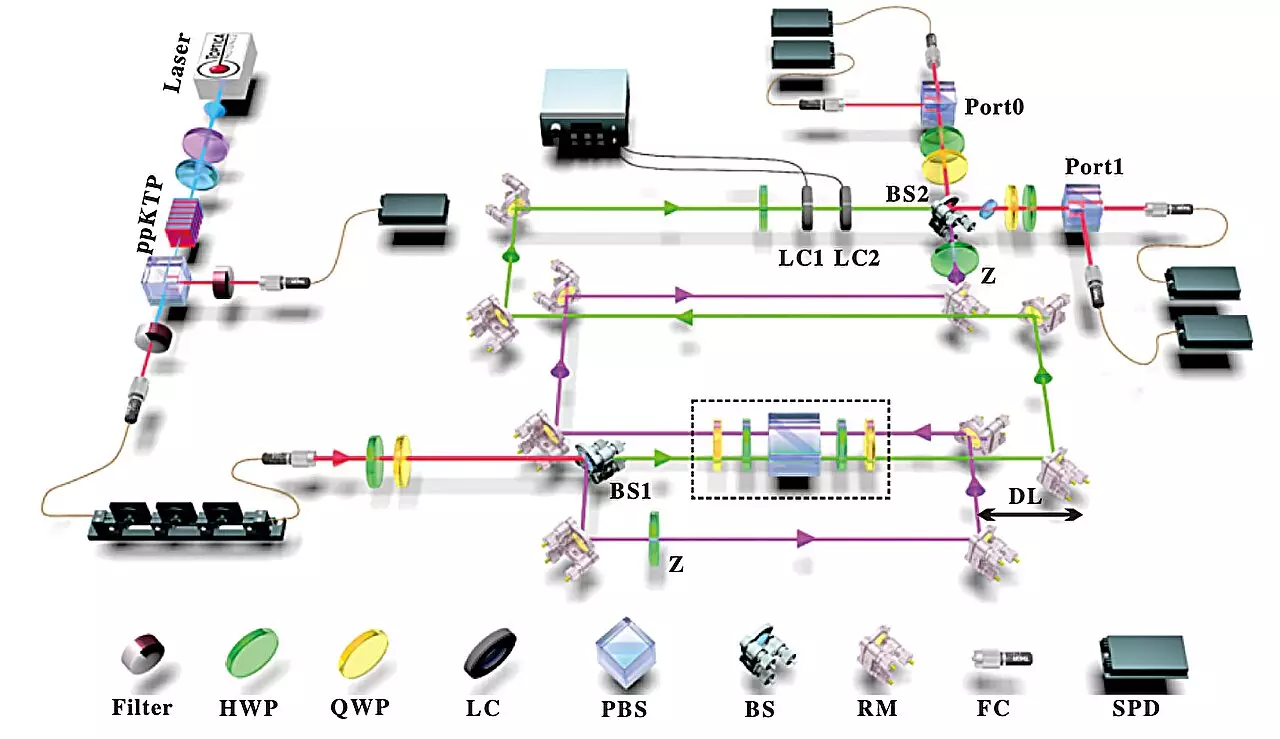The concept of time reversal symmetry in quantum mechanics has long been a subject of interest for researchers. Time reversal not only plays a crucial role in understanding the fundamental laws of physics but also has practical applications in quantum information science. A recent study published in Physical Review Letters sheds light on the construction of a coherent superposition of quantum evolution in a photonic system and its implications in characterizing input-output indefiniteness.
The fundamental principles of classical and quantum mechanics do not inherently distinguish the direction of time. This is known as time reversal symmetry, where the equations of motion remain valid even when the time coordinate system is reversed. In the realm of quantum information science, time reversal has been explored for its potential applications in multi-time quantum states and simulations of closed timelike curves.
Despite its theoretical significance, time reversal has been challenging to realize experimentally. To address this issue, a research team led by academician Guo Guangcan and Prof. Li Chuanfeng from the University of Science and Technology of China developed a novel approach using a photonic setup. By extending the concept of time reversal to the input-output inversion of a quantum device, the team successfully constructed a class of quantum evolution processes that exhibit time-reversal properties.
One of the key achievements of the study was the coherent superposition of quantum evolution and its inverse evolution. By quantizing the direction of evolution time, the researchers were able to demonstrate the advantages of input-output indefiniteness in quantum channel identification. The team utilized quantum witness techniques to characterize the structures and achieved a 99.6% success rate in distinguishing between two sets of quantum channels.
The findings of the study highlight the potential of input-output indefiniteness as a valuable resource for advancements in quantum information and photonic quantum technologies. Compared to traditional strategies with a definite time direction, the quantization of time direction offers significant advantages in quantum channel identification and simulation. This research opens up new possibilities for exploring the fundamental aspects of quantum mechanics and leveraging them for practical applications in quantum technology.


Leave a Reply